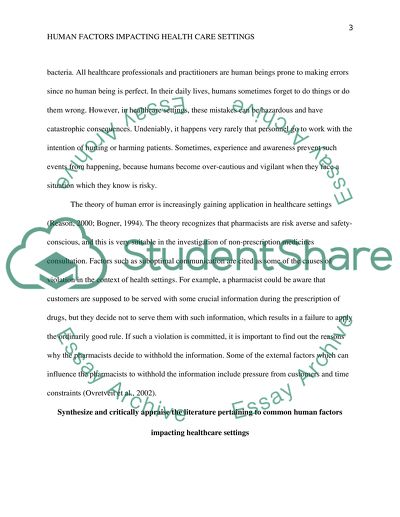Cite this document
(“Human factors impacting on health care settings Essay”, n.d.)
Human factors impacting on health care settings Essay. Retrieved from https://studentshare.org/health-sciences-medicine/1455951-human-factors-impacting-on-health-care-settings
Human factors impacting on health care settings Essay. Retrieved from https://studentshare.org/health-sciences-medicine/1455951-human-factors-impacting-on-health-care-settings
(Human Factors Impacting on Health Care Settings Essay)
Human Factors Impacting on Health Care Settings Essay. https://studentshare.org/health-sciences-medicine/1455951-human-factors-impacting-on-health-care-settings.
Human Factors Impacting on Health Care Settings Essay. https://studentshare.org/health-sciences-medicine/1455951-human-factors-impacting-on-health-care-settings.
“Human Factors Impacting on Health Care Settings Essay”, n.d. https://studentshare.org/health-sciences-medicine/1455951-human-factors-impacting-on-health-care-settings.


